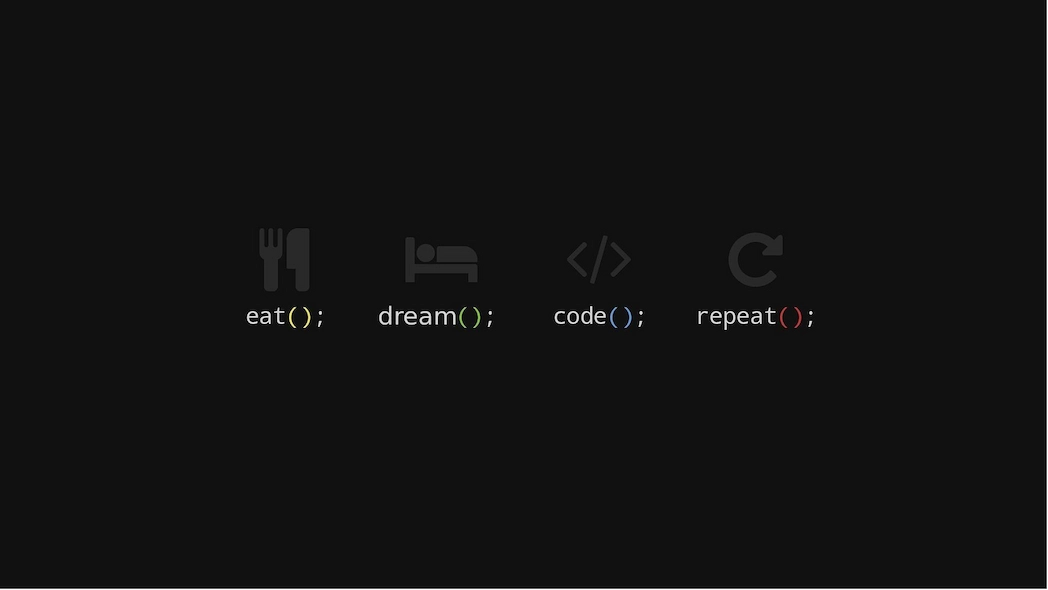


NoSQL stands for "not only SQL" and refers to a broad category of database management systems that differ from traditional relational databases. The term "NoSQL" was coined to describe the variety of new approaches and technologies for storing and managing data that offer alternative models for data modeling and storage.
In contrast to relational databases, which are based on a table-oriented structure and use SQL (Structured Query Language) for querying and manipulating data, NoSQL databases use various models for data organization, such as:
Document databases: Data is stored in documents (e.g., JSON or XML format) that can be semi-structured or even unstructured. Examples: MongoDB, Couchbase.
Column-family databases: Data is organized into columns rather than rows, which can improve query efficiency. Examples: Apache Cassandra, HBase.
Graph databases: These specialize in storing and querying data in the form of graphs, making it easy to represent relationships between entities. Examples: Neo4j, ArangoDB.
Key-value databases: Each data object (value) is identified by a unique key, enabling fast read and write operations. Examples: Redis, Riak.
NoSQL databases were developed to meet the needs of modern applications that handle large amounts of unstructured or semi-structured data, require high scalability and flexibility, or operate in dynamic environments where requirements change frequently. They are well-suited for applications such as big data, real-time analytics, content management systems, social networks, and more.
It's important to note that NoSQL databases are not suitable for all use cases. The choice between a NoSQL and a relational database depends on the specific requirements and goals of your application.
Mobile optimization refers to the adaptation of websites, apps, or other digital content to ensure an optimal user experience on mobile devices such as smartphones and tablets. As more and more people use the internet through mobile devices, it is crucial that websites and applications are designed to work well on smaller screens and be easily accessible.
Mobile optimization involves several aspects:
Responsive Design: Websites and apps should be designed to automatically adjust to different screen sizes and orientations. The layout, font sizes, images, and other content should change to be easily readable and user-friendly on smaller screens.
Loading Times: Mobile devices often have slower internet connections compared to desktop computers. Therefore, it is important to ensure that pages and content load quickly to avoid user frustration.
Touch-Friendliness: Since mobile devices use touchscreens, buttons, links, and interactive elements should be sufficiently large for easy interaction with fingers.
Content Adaptation: Content should be presented on mobile devices in a way that is easily readable and doesn't take up too much screen space. This might involve hiding less important content on smaller screens or reordering content.
Mobile-Specific Features: Mobile optimization can also include specific features or interactions that are only available on mobile devices, such as utilizing location information or offering app notifications.
Mobile optimization is crucial because a poor user experience on mobile devices can lead to higher bounce rates, which in turn can impact conversions, user engagement, and overall satisfaction. Search engines like Google also consider mobile optimization as a factor in search result rankings.
Local keywords are search terms or phrases that aim to rank well in search results for local queries. These types of keywords target individuals searching for products or services within a specific geographic region or location. Local keywords are particularly relevant for businesses looking to target customers in their vicinity, such as restaurants, hair salons, craftsmen, doctors, and other local service providers.
Examples of local keywords include:
By using local keywords in your website, Google My Business listing, and other online materials, you can increase the chances of being found more easily in local search results. This is important because many people start their search for products or services by looking locally to find options in their immediate area.
It's advisable to identify relevant local keywords and incorporate them into your digital marketing efforts to enhance your visibility in local searches and reach potential customers seeking your offerings in your vicinity.